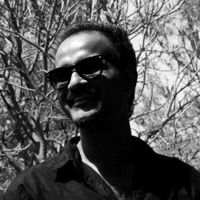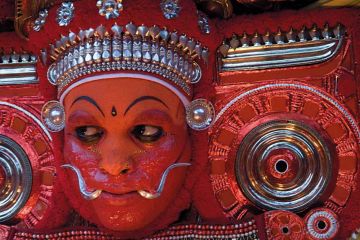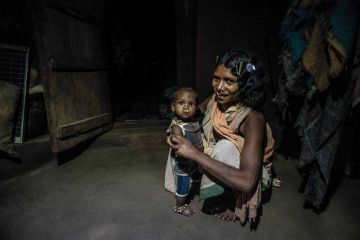In 2004, I went to a party with an Indian reporter to check out the hip
desi gay scene in New York, who instructed me to walk 10 yards away from me. “I
do not want to be mistaken as gay,” he whispered. It was banter underlaid with
a homophobic tone. It echoed the hang-ups of most straight South Asians who
look away when they come across a member of the gay community. And when they do
look, they are voyeurs gazing through a peephole.
It could be said that Desilicious, as these parties





